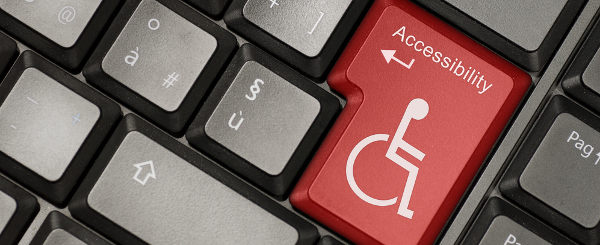
Technology has come a long way to make our daily lives more enjoyable and simpler to navigate. Smartphones can now do more than ever, from mapping our route to work, talking to many people using an Internet connection whilst saving dates in our calendar or playing Angry Birds. Our gadgets are multi-functional tools for a multi-tasking life.
But for some people, daily routines are significantly harder, with physical or mental struggles that make even the easiest tasks extremely difficult. This is where innovative technology has true purpose and leaps into action.
We have picked five of the best gadgets that have changed lives around the world, making everyday tasks easier for those who need it most.
5. Assistive Switches

With mobile devices becoming a big part of our everyday lives, there has been a need to make them accessible to people with disabilities, so technology doesn’t leave anyone behind. There are a number of variations on the market, each aimed at different needs. Some can recognise eye or slight hand movements to work the device. The Blue2 Bluetooth switch provides switch access to devices, from laptops to tablets and smartphones, using Bluetooth wireless technology. It offers five modes of keyboard/mouse commands, including moving the pages up and down on the screen, left and right clicking of the mouse and pressing enter.
4. HeadMouse Extreme

The HeadMouse Extreme was designed to help people with limited use of their hands to use computers. The user puts a disposable adhesive sensor on their forehead, hat or glasses and that is tracked by a wireless optical sensor. It is, in a sense, a replacement computer mouse. The sensor tracks the users’ movements of their head, which then moves the pointer on the screen.
3. Braille Keyboard

Braille has allowed people who are blind or partially sighted to find their own way in the world for years, from reading medicine packets to correctly finding exits and reading walled signs. Now Braille keyboards, such as the Braille Sense U2, can change the way people with sight difficulties access emails, stay in touch using social media and create and edit documents.
2. GPS devices

This includes specialist devices such as the Kapten Plus GPS, but also everyday gadgets such as GPS-enabled smartphones. For people who are partially sighted or blind, getting around can be difficult and disorientating. A GPS device such as the Kapten Plus is a particularly helpful gadget for someone who has little to no sight and is unable to use a touch screen smartphone, as the device has (very few) convex buttons. However, for those who can use a smartphone, the Ariadne GPS app is a great accompaniment to traditional helpful assistants such as guide dogs or canes. The app uses Google Maps, allowing users to run their finger across the map to explore. When the user reaches a crossing, this is signalled by a vibration. Its ‘favourites’ feature can let the user adjust it to announce stops on the bus or train. Available in a number of languages, the app is easy to use and keeps your position central on the map for simple navigation.
1. Tablets

The iPad has been at the forefront of helping people with disabilities to enter the world of modern technology. Using computers can be hard for many people, as it requires the use of a mouse and views whilst viewing the screen. The touch screen capabilities of tablets make it so much easier for people to see what they want to see on screen. It can also be a handy tool for reading, as you have the option to zoom and increase the size of images and pages on screen.






